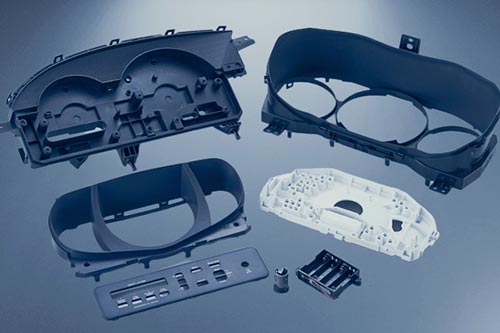What is a CNC prototype?
Views: 177 Update date: Oct 31,2024
A CNC prototype is a physical model or part created using Computer Numerical Control (CNC) machining technology. Here's a breakdown of what this entails:1. CNC Machining:
- This is a subtractive manufacturing process where material is removed from a solid block (called a workpiece) using computer-controlled cutting tools.
- The machine follows a programmed set of instructions to precisely cut, drill, and shape the material.
2. Prototype:
- A prototype is an early sample, model, or release of a product built to test a concept or process.
- It's used to evaluate design, functionality, and sometimes manufacturability before full-scale production.
3. Key aspects of CNC prototypes:
- Precision: CNC machines can produce highly accurate parts with tight tolerances.
- Material variety: Can work with metals, plastics, wood, and composites.
- Complexity: Capable of creating complex geometries and intricate details.
- Repeatability: Consistent results across multiple parts.
- Speed: Faster than manual machining for complex parts.

- Product development
- Functional testing
- Design validation
- Small batch production
- Creating custom or specialized parts
5. Advantages:
- High accuracy and quality
- Ability to use production-grade materials
- Suitable for both simple and complex designs
- Can be used for both prototyping and small-scale production
6. Limitations:
- Can be expensive for large volumes
- Some geometries may be challenging or impossible to machine
- Material waste compared to additive manufacturing methods
CNC prototyping is widely used in industries such as aerospace, automotive, medical devices, and consumer products for rapid development and testing of new designs.



